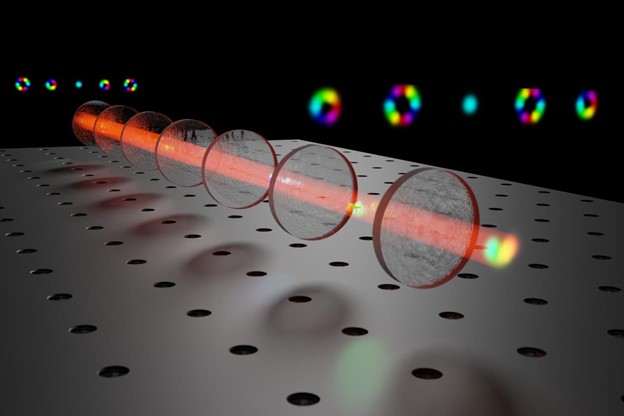
Complex shapes of photons to boost future quantum technologies
Recently two researchers at Tampere University, Assistant Professor Robert Fickler and Doctoral Researcher Markus Hiekkamäki, demonstrated that two-photon interference can be controlled in a near-perfect way using the spatial shape of the photon. Their findings were recently published in the prestigious journal Physical Review Letters. The report shows that a complex light-shaping method can make two quanta of light interfere with each other in a novel and tunable way.
Single photons can have highly complex shapes, beneficial for quantum technologies such as quantum cryptography, super-sensitive measurements, or quantum-enhanced computational tasks.
In photonic quantum technologies, manipulating quantum states involves changing the properties of a single photon as well as interfering multiple photons with each other.
The research is interesting from the point of view of high-dimensional quantum information science, where more than a single bit of quantum information is used per carrier. These complex quantum states not only allow the encoding of more information onto a single photon but are also known to be more noise-resistant in various settings, controlling errors. The method holds promise for building new types of linear optical networks.
The researchers now aim at using the method to develop new quantum-enhanced sensing techniques, while exploring more complex spatial structures of photons and developing new approaches for computational systems using quantum states.
Original release: Science Daily
